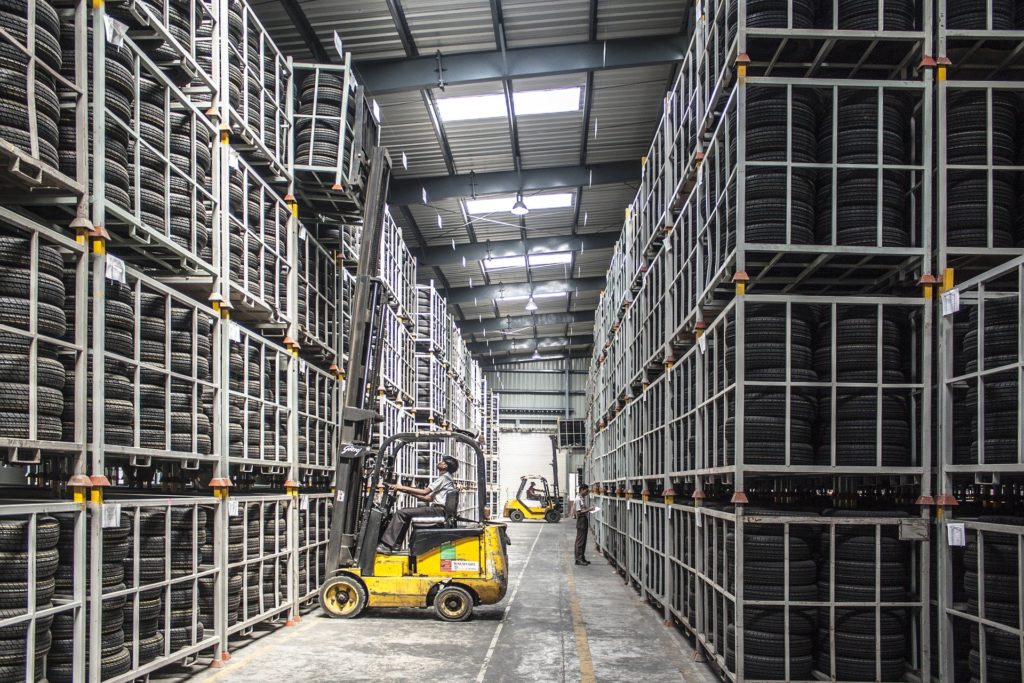Coal Boss Indicted
In April 5, 2010, twenty-nine miners died in an explosion at the Upper Big Branch coal mine, which was operated by Massey Energy. Reports since then have detailed many of the unsafe practices that occurred at the mine and the way these unsafe practices were not simply condoned, but were pushed upon the workers from the highest levels of management. Last week, Donald L. Blankenship, the former CEO of Massey Energy, who oversaw the company during the time of the explosion, was indicted in a United States District Court and charged with four felony charges. The indictment contains several detailed allegations concerning Blankenship’s leadership at the mine. Included are allegations that Blankenship deliberately stopped work on ventilation and water drainage projects that were crucial to mine safety, that he encouraged subordinates to focus on production at the expense of safety, and that he led a scheme to mislead and thwart federal mine inspectors.
The indictment does nothing to bring back the twenty-nine individuals who died on the job at the Upper Big Branch mine, but it is an important step in holding those responsible accountable. Our office represents workers who were injured on the job, and while the facts alleged in the Blankenship indictment are indeed shocking, we have seen first-hand how similar conduct exists at many companies. Mr. Blankenship has been widely profiled in news articles as cartoonishly immune to caring about the well-being of others, but often, those responsible for choices that put lives at risk are not bad people, but are simply caught up in a system that encourages short-cuts. In this case, the problems at Massey seem to have been far-reaching. At least one other Massey executive has already pled guilty to federal charges.
One of the challenges we face in cases involving on-the-job injuries is finding proof that choices were made to put profits above safety. No one likes to admit that they were part of a dangerous system or that they were involved in choices that compromised safety. Oftentimes, the best way to prove a case is to conduct detailed discovery to locate documents, emails, memorandums and meeting minutes that show that dangers were recognized and not responded to. We’re proud of the results we’ve obtained for clients who were hurt in dangerous workplaces, either as a result of unsafe practices, defective or dangerous products, or unsafe choices made by individuals. Of course, Mr. Blankenship is presumed innocent until proven guilty, but we hope that the judicial process can shed light into what happened, and lead to those responsible for the deaths of the 29 miners being forced to face responsibility for their choices.



